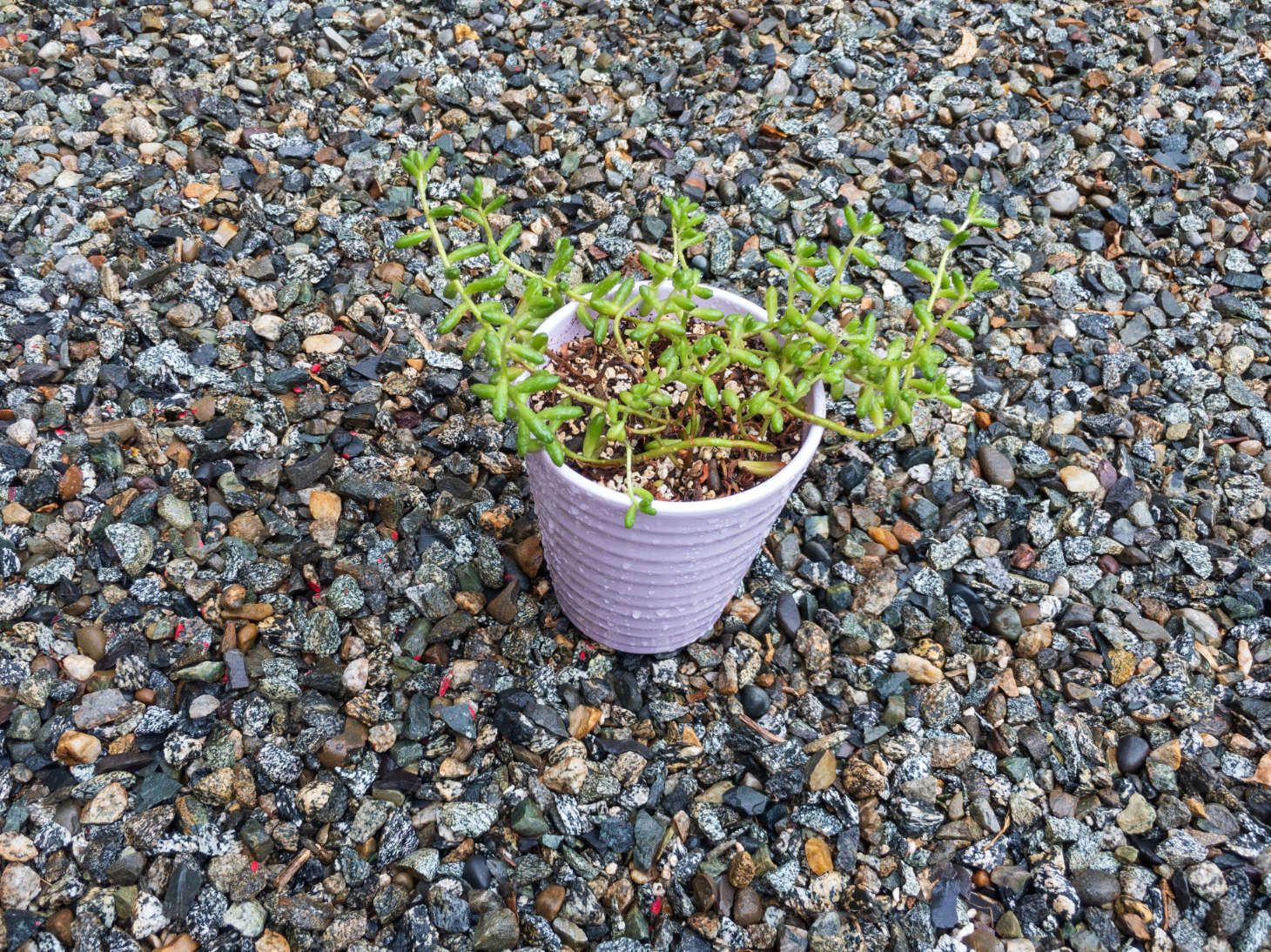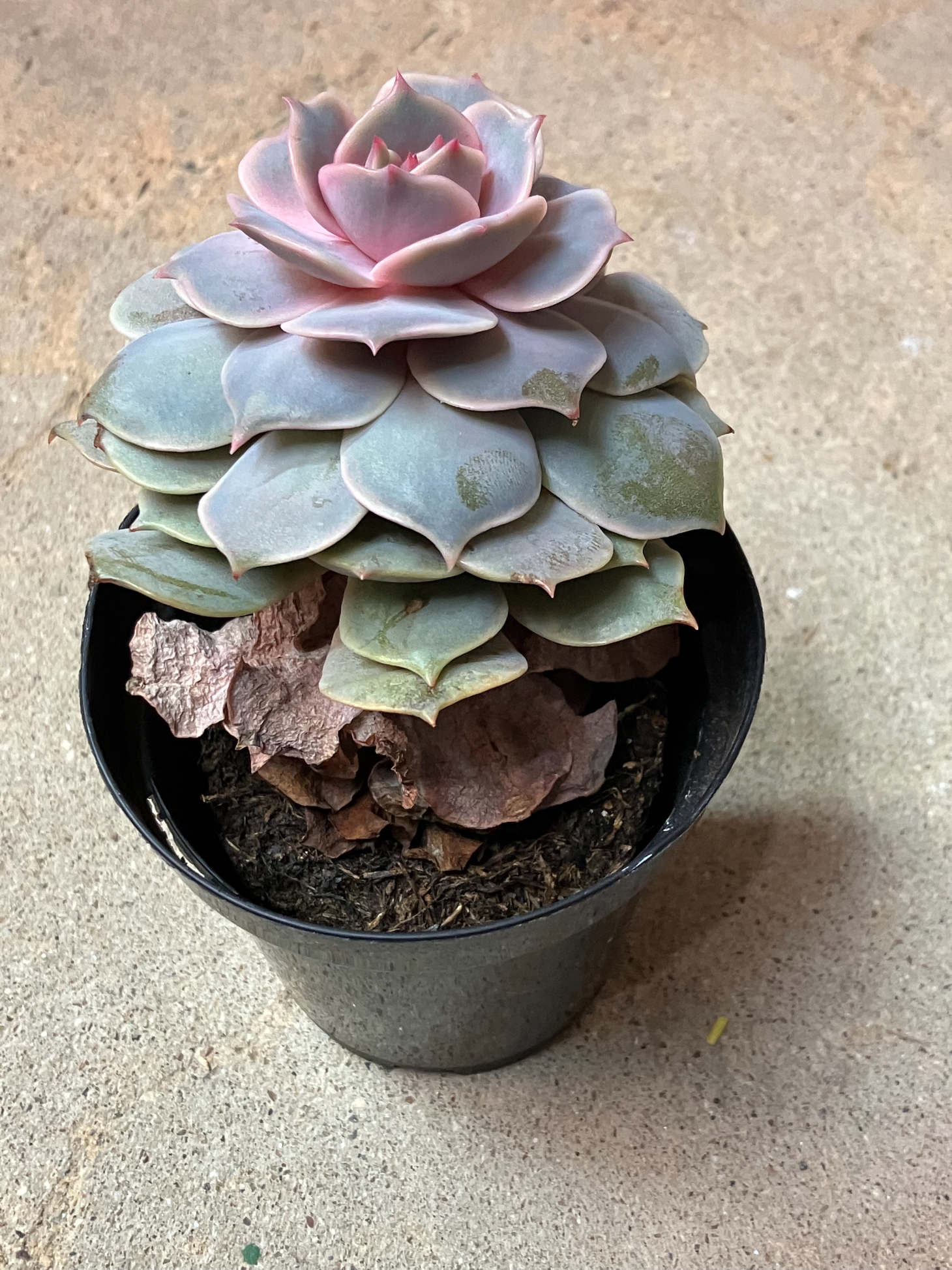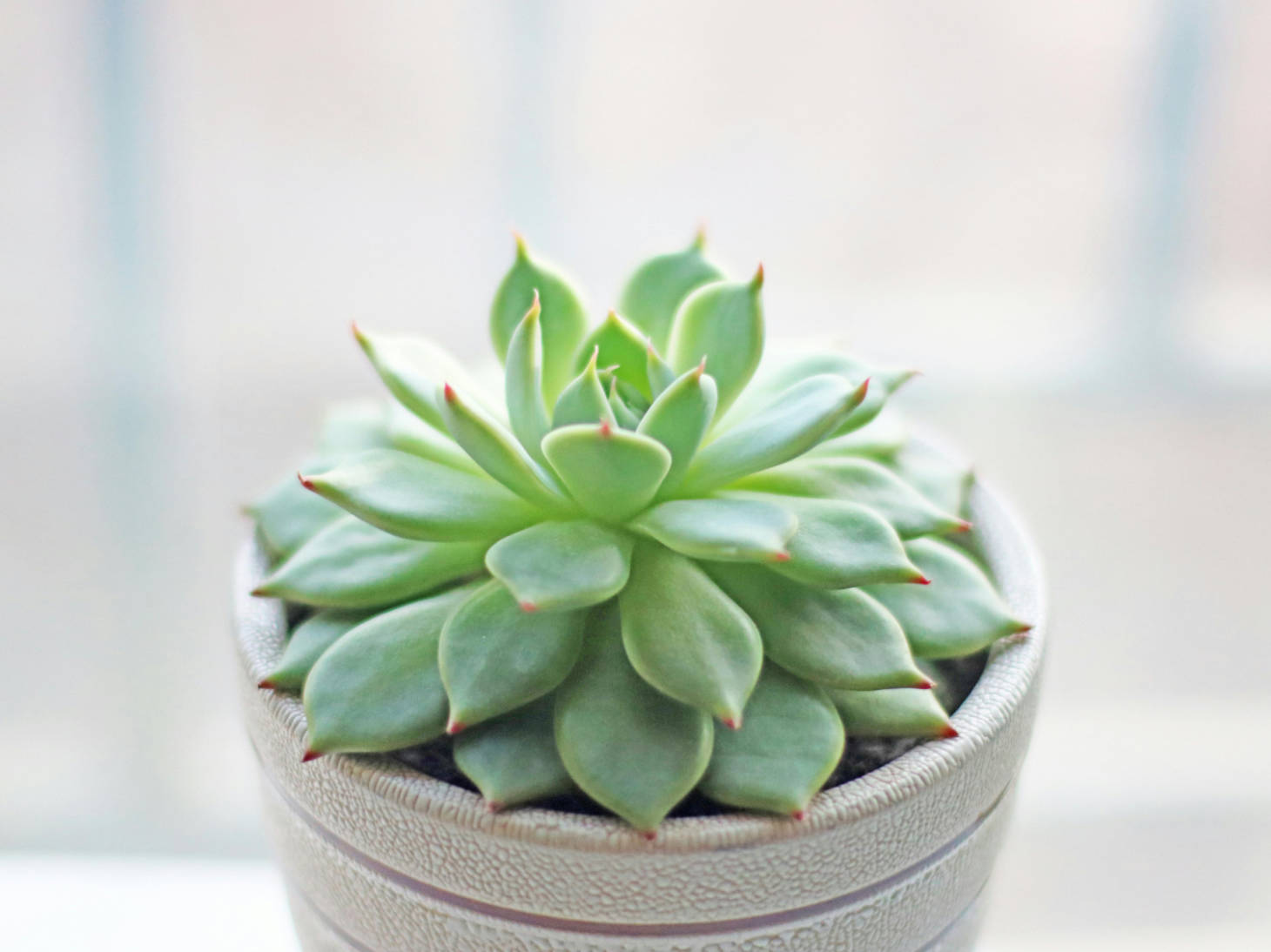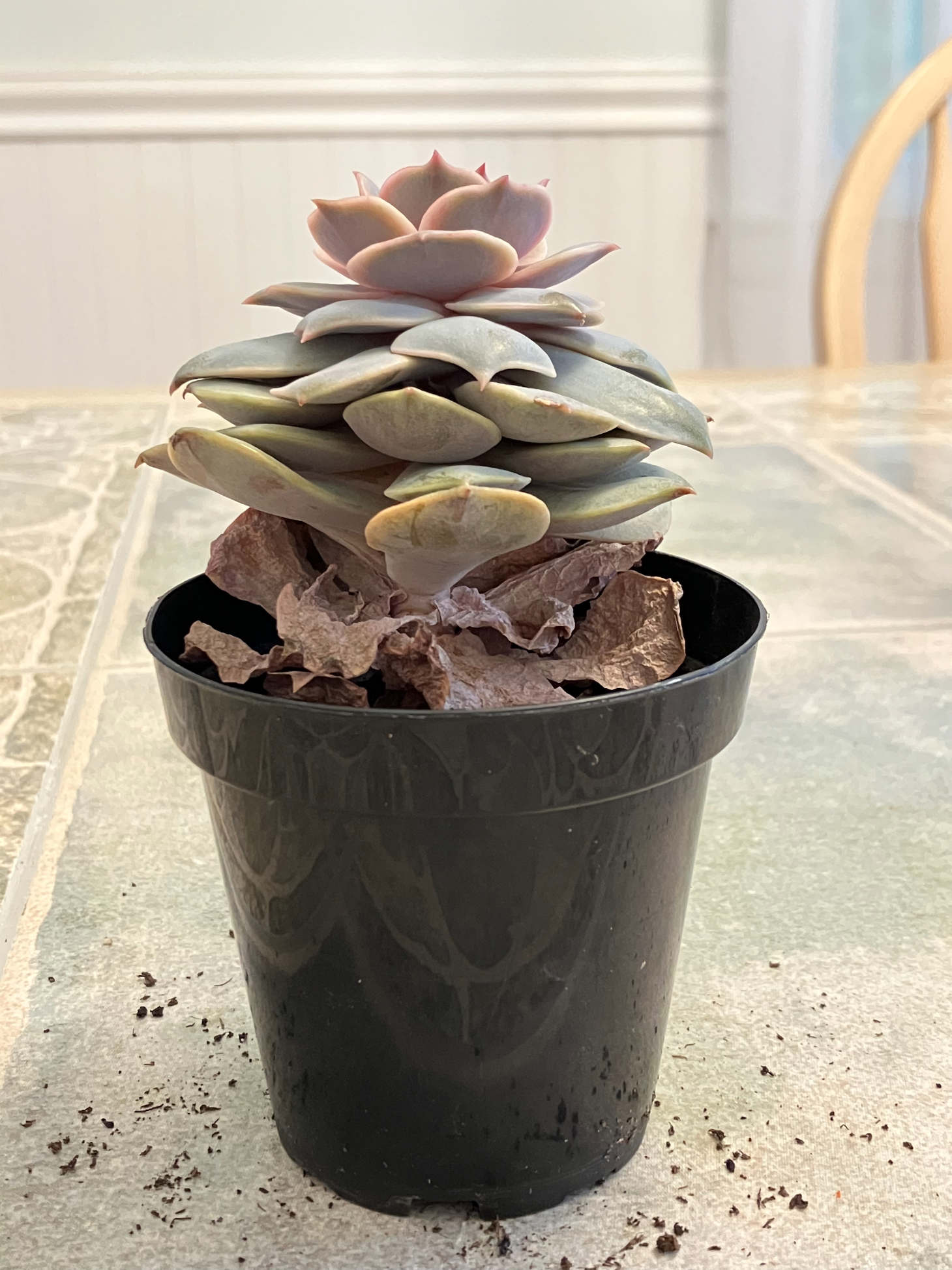Etiolated Succulents
Succulents are popular for their unique shapes and low maintenance needs, but sometimes they can look stretched out or pale. This look is called etiolation and it’s usually a sign that your succulent isn’t getting enough light. If you notice your succulent growing tall and thin with lots of space between its leaves, it is likely etiolated and needs more sunlight to stay healthy.
Knowing how to recognize and fix etiolation will help you keep your succulents looking their best. You might even be able to save an etiolated plant by adjusting its light or using propagation to start fresh. Understanding what causes this issue will help your plants stay compact and vibrant.
Key Takeaways
- Etiolation happens when succulents do not get enough light.
- Different kinds of succulents can show stretching and pale leaves in different ways.
- You can prevent and fix etiolation by making lighting changes and propagating healthy parts.
Understanding Etiolation in Succulents

Etiolation happens when succulent plants do not get enough light, causing them to grow strangely. Knowing what causes this and how to recognize it can help you keep your succulents healthy.
What Is Etiolation?
Etiolation is when a plant grows long, thin, and pale because it is not getting enough light. This is a sign that the plant is looking for sunlight to survive. Instead of staying short and compact, the succulent stretches out to reach any available light.
During this process, the stem often grows longer between the leaves or “internodes.” The plant also makes less chlorophyll, which is why its color becomes pale or faded. This response is seen not only in succulents, but also in many plants that lack proper light exposure.
Etiolation is not a natural part of healthy growth. It is a sign that changes need to be made to the plant’s environment.
Causes of Etiolation in Succulents
The main cause of etiolation in succulent plants is low light exposure. Succulents need bright indirect sunlight or some direct sunlight each day. If they are in a spot with the complete absence of light or only dim light, they start to stretch and change shape.
Other factors can also make etiolation worse. Placing succulents too far from a window or in a shaded corner will limit their access to sunlight. If you use artificial lights, they may not be strong enough or positioned too far away. Even changes in the seasons, with shorter days and weaker sunlight, can trigger etiolation.
Poor lighting indoors is the most common cause. Always check where your plant is sitting, as even a few feet away from a sunny window can make a difference.
Common Signs of Etiolated Succulents

You can spot etiolated succulents by looking for a few clear signs:
- Long, stretched stems – These grow much taller and thinner than usual.
- Wide gaps between leaves – The space between each leaf, or “internode,” becomes much longer.
- Pale or faded leaves – The succulent may turn lighter green, yellow-ish, or even appear almost white.
- Stems leaning or bending toward the light – This is called phototropism. The plant will angle itself to whatever light it can find.
A healthy succulent should be compact, with leaves packed closely together and good color. If your plant looks weak or floppy, etiolation is likely the cause. Catching these signs early lets you adjust the amount of sunlight your plant is getting.
Impacts of Etiolation on Different Succulent Types
When succulents do not get enough light, their shape, color, and overall health change. These changes depend on the type of succulent you have.
Etiolated Rosette Succulents

Rosette succulents like Echeveria are sensitive to low light. When they become etiolated, you will notice that their once compact leaves start growing farther apart along the stem. The rosette shape stretches, and the plant appears “leggy” or tall and thin instead of short and full.
Symptoms to look for:
- Elongated stems
- Faded or pale leaf color
- Smaller leaves
- Flattened or misshapen rosette formation
Etiolated rosette succulents are weaker and more likely to drop leaves. Their stems may bend or lean in the direction of a light source. Over time, continued etiolation makes the plant less sturdy and less able to support itself.
Preventing and Correcting Etiolation
Succulents need enough light to grow compact and healthy. Without proper lighting, they can stretch out and lose their original shape, but there are clear ways to keep this from happening and steps to take if it does.
Optimal Light Conditions for Succulents

Succulent plants need bright, indirect sunlight for at least 4-6 hours each day, with some varieties requiring direct sunlight for optimal growth. Placing your plants close to a south or east-facing window usually gives the right amount of light indoors. Watch for signs like the plant leaning or growing tall and thin; these mean it isn’t getting enough light.
If your home doesn’t have enough natural light, use a grow light. This tool provides the right spectrum and brightness for photosynthesis. Keep the grow light 12–24 inches from the succulent and run it for about 12-14 hours daily, but as always monitor your plants over time and adjust the lighting duration accordingly.
Succulents thrive in direct sunlight but should be monitored for signs of sunburn if placed too close to windows that receive intense sunlight all day. Rotate the pot every week to make sure light reaches all sides.
Restoring Etiolated Succulent Growth
Once a succulent stretches due to low light, those long stems cannot shrink back. To fix an etiolated succulent, move it to stronger sunlight or set up a grow light to stop more stretching.
You often need to propagate the plant. Cut off stretched stem sections using a clean knife. Let the cut ends dry out for a few days to prevent rotting, then plant the pieces in damp soil. Many succulents will grow roots from these cuttings and produce new compact plants.
Take care not to shock the plant with too much light at once. Gradually increase sunlight or grow light exposure over a week. With patience and the right steps, new growth will look healthy and compact. Remember, original stretched leaves will not return to normal, but new shoots will grow in the right shape.

